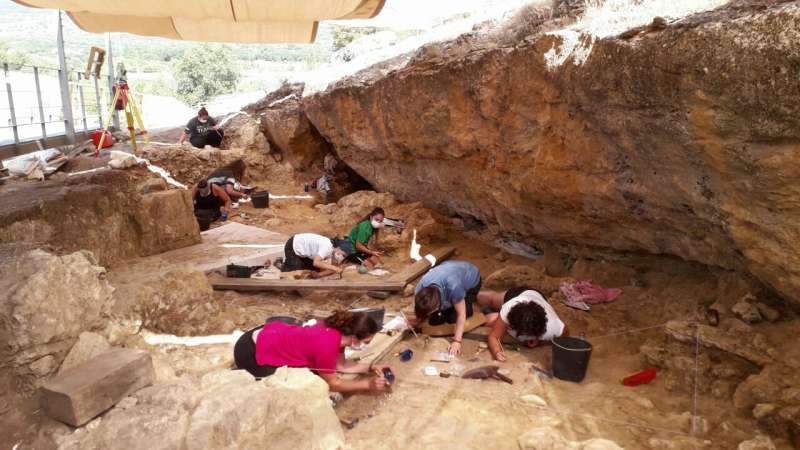Madrid became the location of fascinating discovery. Researchers found a camp from more than 76,000 years ago where hunting parties were organized. The Abrigo de Navalmelo site was found in Pinilla del Valle. The camp was used by Neanderthals to track down and hunt animals such as deer or large bovids. This discovery is a particularly interesting one, as it appears to be the largest camp of this kind discovered in the Iberian Peninsula, with a surface of more than 3,200 square feet.
“We have been able to demonstrate with great certainty that the Neanderthals of Navalmelo primarily hunted large bovids and deer, which they processed at the site and later moved to another reference location. But gone. This aspect is very interesting, as there are very few deposits in the Iberian Peninsula where this type of behavior has been identified. For all this, we have used very powerful statistical tools like artificial intelligence,” explained Abel Moclan, the lead author of the study.
The site also contained animal remains which served as clues for researchers. Amongst others, they discovered molars from hyenas, rhinoceroses, and horses, and the jaw of a bovid. In the region, researchers have also discovered signs of stone tool creation. It appears that the camp served as a butchering location. Animals were hunted elsewhere, brought to the camp, and the meat was processed there. According to researchers, our ancestors were even able to extract marrow from bones.
“Navalmelo is one of the few archaeological sites in Iberia that can be interpreted as a hunting camp,” although “it is possible that more hunting camps exist in the Iberian Peninsula but Haven’t found yet,” reads the study. Other discoveries made by researchers include various cave paintings created by Neanderthals. The paintings depict animals, hands, and even ladders.













Leave a Reply